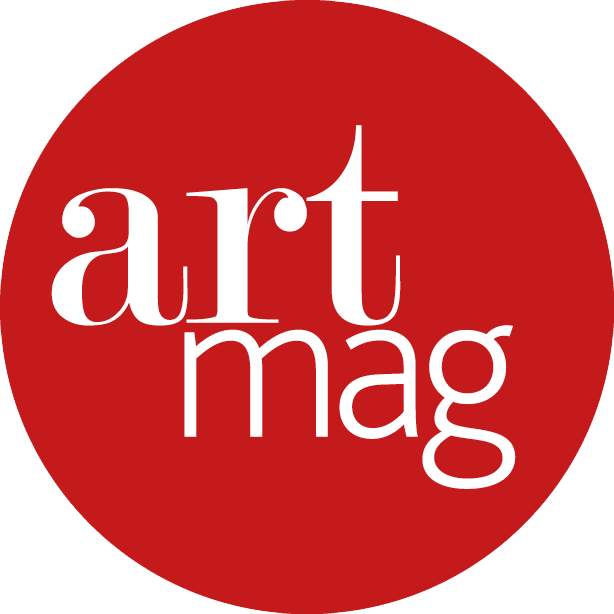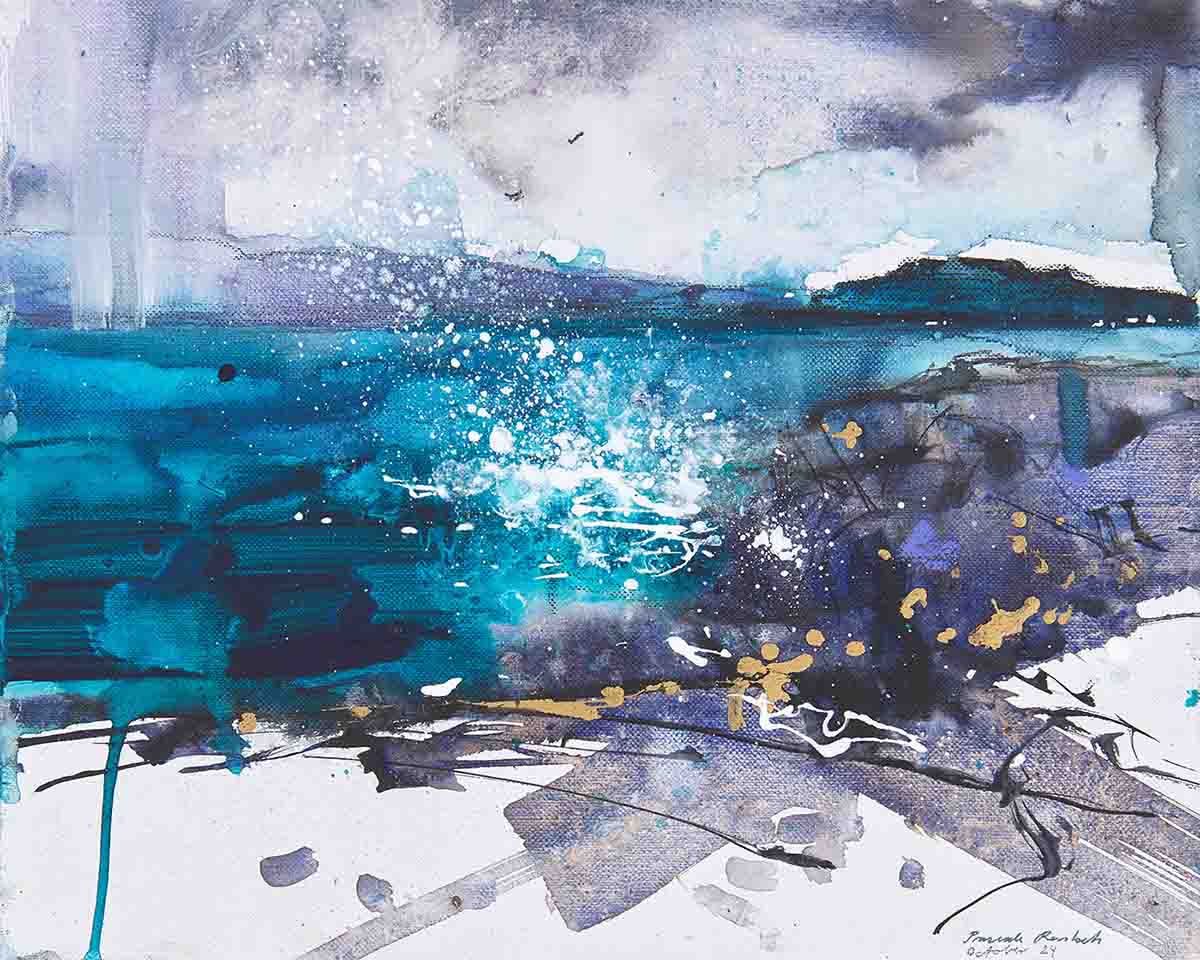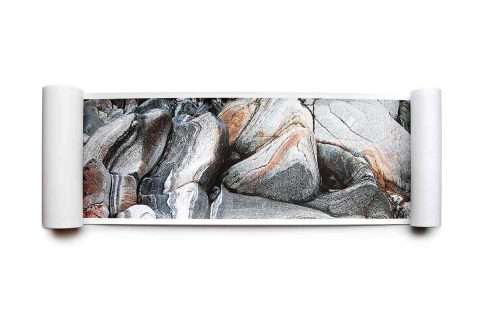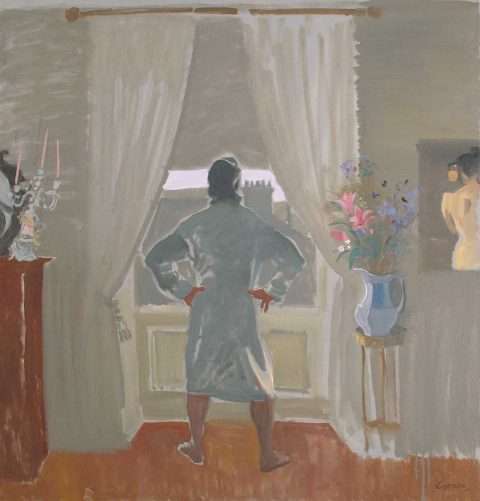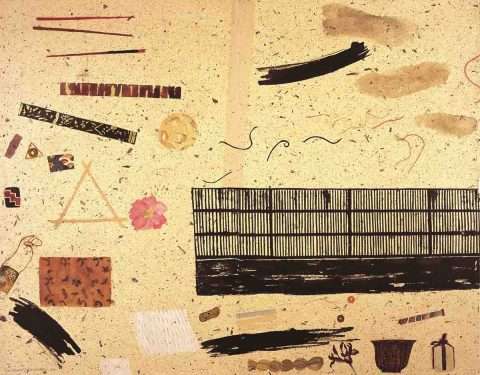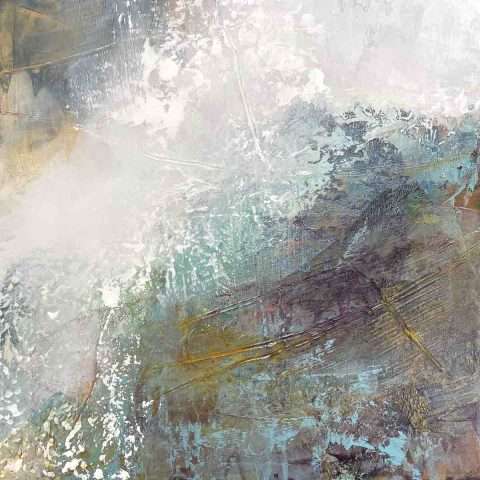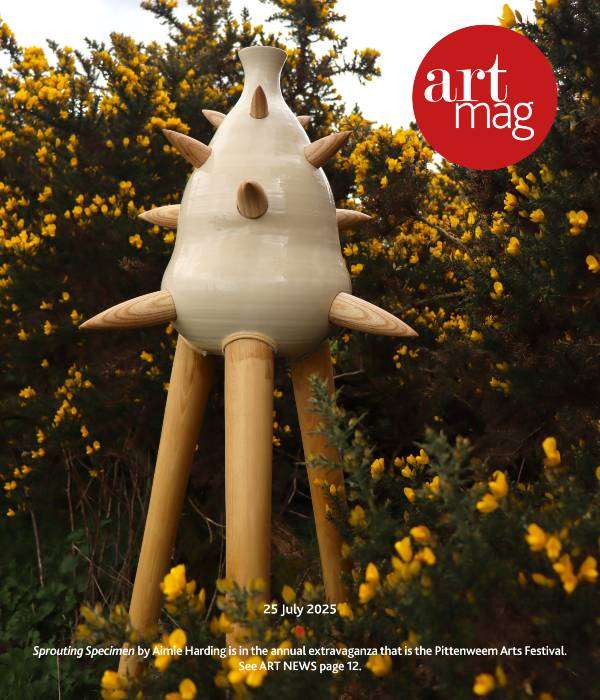‘Pascale Rentsch is a true artist. Her paintings sing with the voices of the sea, the sky, the earth. Painting en plein air, she feels the energy of places with every fibre of her being – that is why we can truly say, she expresses the living Earth.’ – Norman Bissell, poet and author.
Living in Thun, Switzerland, Pascale Rentsch has had a passion for art from a young age, always carrying a sketchbook to draw people and animals. Aged just 15, she had a chance encounter with the landscape and wildlife artist John Busby, when he was teaching in Bern, saying, ‘He introduced me to the organic living line of the pencil’. Busby invited her to visit Scotland for his drawing course in North Berwick, which led her to study painting at Edinburgh College of Art and going on to live in East Lothian.
Pascale is renowned for her close communion with nature, the interface of artistic creativity and the subtle beauty of the environment in her lyrical landscapes.
‘I love painting through the seasons, outdoors in situ, embracing the elements. I’m not trying to copy nature, I’m trying to express a feeling, a fleeting emotion.’ – Pascale Rentsch
Exemplifying her intuitive bond with the shoreline, in Gullane, the viewer is immersed in the grassy sand dune, the soft, fluid palette – corn, peach, olive, pistachio – dripping over the paper; such a cool, crisp perspective across the calm bay to a hazy line of hills under coral-tinted clouds.

Luing is one of the Slate Islands, in the Firth of Lorn, Argyll, known for wildlife, tranquillity and its quarrying heritage, extracting three quarters of a million slates each year. Dark Slate and Gold juxtaposes the smooth black-grey rock with luminous shards of gold leaf, in a shimmering burst of sunshine over the glassy water and glowering sky. The use of thick hand-made watercolour paper, with untouched patches of white, enhances geological textures, light and shadow.

With a bold impressionistic splatter of turquoise and aqua, Isle of Luing depicts a tidal torrent crashing over the rocky coastline. Rentsch uses mixed media – watercolour, pencils, crayons – and her signature flourish of brisk, brash brushstrokes and ad-hoc mark-making conveys the elemental rhythm of wind and waves in the rugged, raw environment.

Composed like a diptych, Painting in the Rain features two panels side-by-side, which imaginatively stretches the panoramic view on this misty day to illustrate the challenges of painting outdoors in adverse weather. The watery flow of pale pink, grey and blue captures the immediacy of the artist’s experience, paint drenched in the rain, blurring contour lines to symbolise the fusion of artist and natural landscape.

Rentsch’s approach is like a spontaneous dialogue and observation of place, working physically in the landscape to translate the sensory experience; her paintings are, she says, like a visual diary without words, to reflect her emotional response.
In an undulating blended, bleeding swirl of blues, greys and whites, Sky and Water merge harmoniously together, focusing the eye on the almost imperceptible line along the horizon.

Exploring this concept of liminality further, The Edge is Where Everything is Found, the ever-changing, transitional threshold, where sea meets the shore in a dynamic splash of white surf moves away from realism, showing Pascale’s experimentation, to convey the atmospheric effect of light on water, and the layering of colour with gestural freedom.

‘My goal is to become one with what I paint, feel, see and hear, my arm merely an extension of what I am feeling, in awe of what I see in front of me.’ – Pascale Rentsch
Verging on abstract impressionism, this evokes the translucent soak-stain technique of the American artist Helen Frankenthaler, ‘the landscapes were in my arms as I did it… I was trying to get at something.’ (eg. ‘Mountains and Sea’ and ‘The Bay,’, pictured below).


Along the Berwickshire coastline, St Abbs Head is a Nature Reserve and seabird colony. The jagged high cliffs, submerged in shade, highlight the embroidered tapestry of azure, aquamarine and pink sea-streaked smudges under the fading glimmer at dusk.

Around The Scottish Gallery, a recurring theme is wildflowers from meadow to woodland, river and seashore: poppies, snowdrops, bluebells, forget-me-nots, gorse and heather.
Sea-buckthorn is a spiny shrub found along the sand dunes, blossoming with orange berries in Autumn. Foraged locally as a botanical, the berries add a salty tang to Fidra Gin, which is made in North Berwick. With a vibrant golden-copper hue, Coastal Sea Buckthorn illustrates how this plant has to be resilient to the sea breeze and changeable temperatures through the seasons.

Snowflakes Through Birch Trees is almost a white-out with a snowy veil through which the slender skeletal branches of birch trees perch at the top of the hill. The pale palette and intricate details of birds and fence is like a pencil sketch – following Busby’s mantra, ‘the living line of the pencil’ – the minimalism adding to the sense of peace and stillness in this serene winter scene.

The Living Earth is a joyful, spontaneous ode to place and moment, distilled through experimental vision; this is artwork born in the land, nourished by wind and waves, sunshine and rain. These poetic paintings are a testament to Pascale’s dedication to capturing not just the physical soil of the living earth, but the soul of the Scottish landscape.
A beautifully illustrated catalogue features essays by Christina Jansen, The Scottish Gallery and Pascale Rentsch. At the Gallery and on its website is a superb film showing the artist painting in the landscape through the seasons.
With thanks Vivien Devlin for this review.
